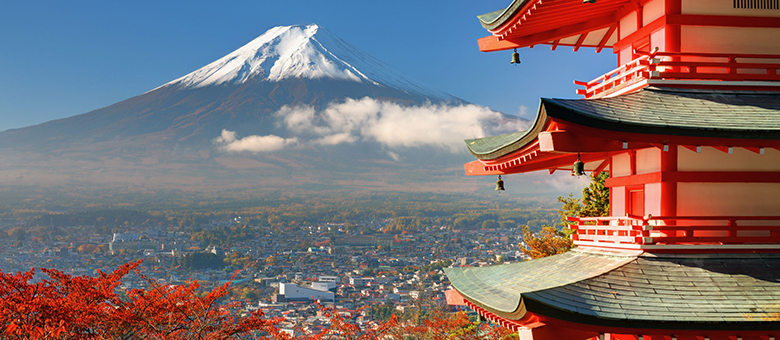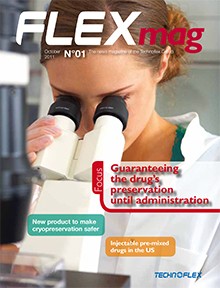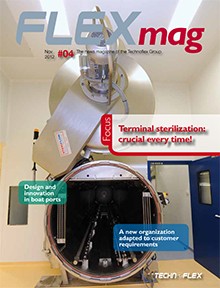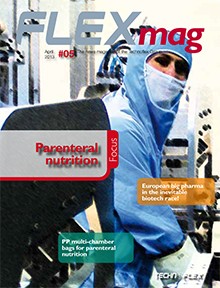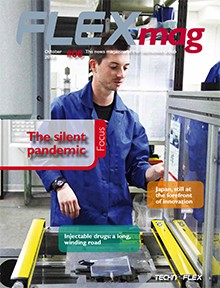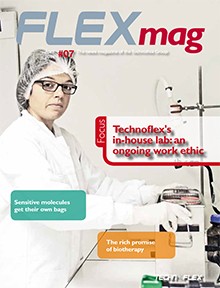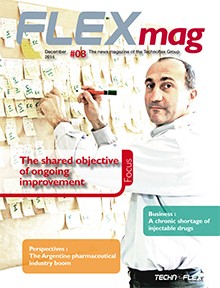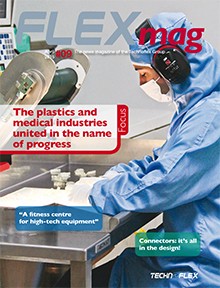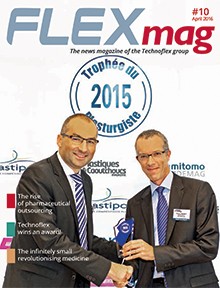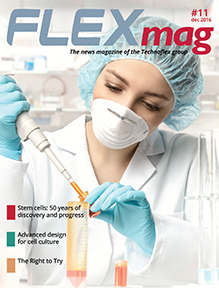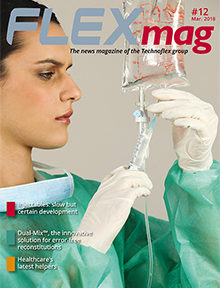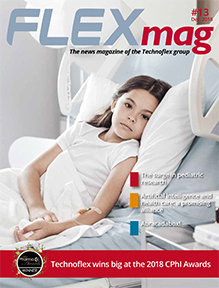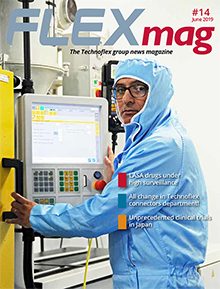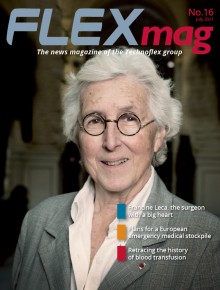Japan, still at the forefront of innovation
An ageing population with a long life expectancy means that the cost of healthcare in Japan will continue to grow steadily. The Japanese drug market is the world’s second largest behind the USA, with domestic firms still taking a 60% share. The continued dynamism of this market, and the government’s efforts to promote innovation, have encouraged major firms to establish laboratories in Japan. Any company conducting R&D in Japan is eligible for substantial tax credits. Furthermore, the prices commanded by innovative drugs are protected from the severe reductions caused by the arrival of generic competitors on the market.
In recent years a number of Japanese pharmaceutical firms have also begun buying up companies elsewhere in the world, boosting their international presence. By investing in mature and emerging markets, they have been able to anticipate and offset losses linked to the expiry of patents. Some of these firms are now turning their attentions to oncology, and expanding their new product portfolios. A number of anti-cancer treatments and new molecules developed by Japanese labs are currently in Phase II or III of development or approval. Applications for the Market Authorisations required to bring these products to market will be submitted simultaneously with the relevant authorities in Japan, Europe and the USA.
The government’s innovation support policies, combined with intelligent development strategies, have allowed Japanese pharmaceutical firms to continue growing and expanding their market share, unlike their Western counterparts. The Land of the Rising Sun looks set to remain fertile ground for the pharmaceutical industry for years to come.
Japan in numbers
- 128 million inhabitants
- Life expectancy of 79 years for men and 86 years for women
- Population below the age of 15: 13%
- Population over the age of 64: 24%
- Median age: 45 years
Sylvie Ponlot
